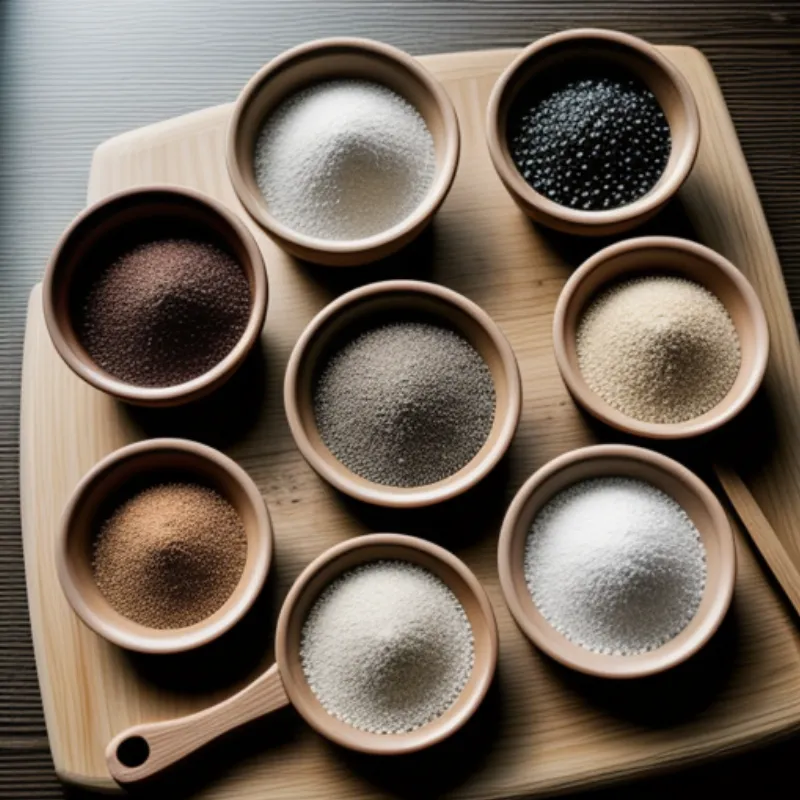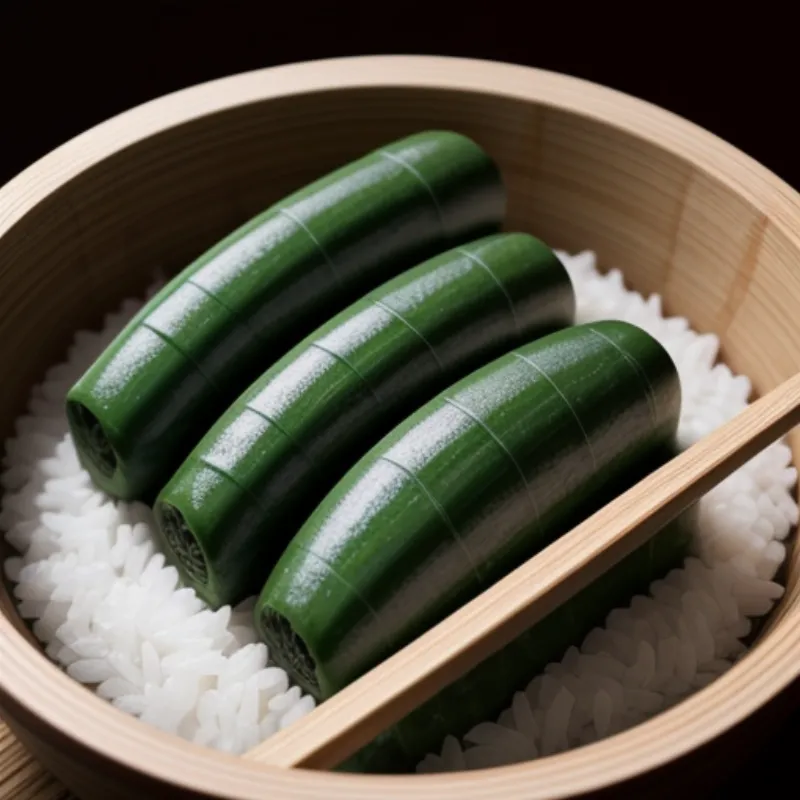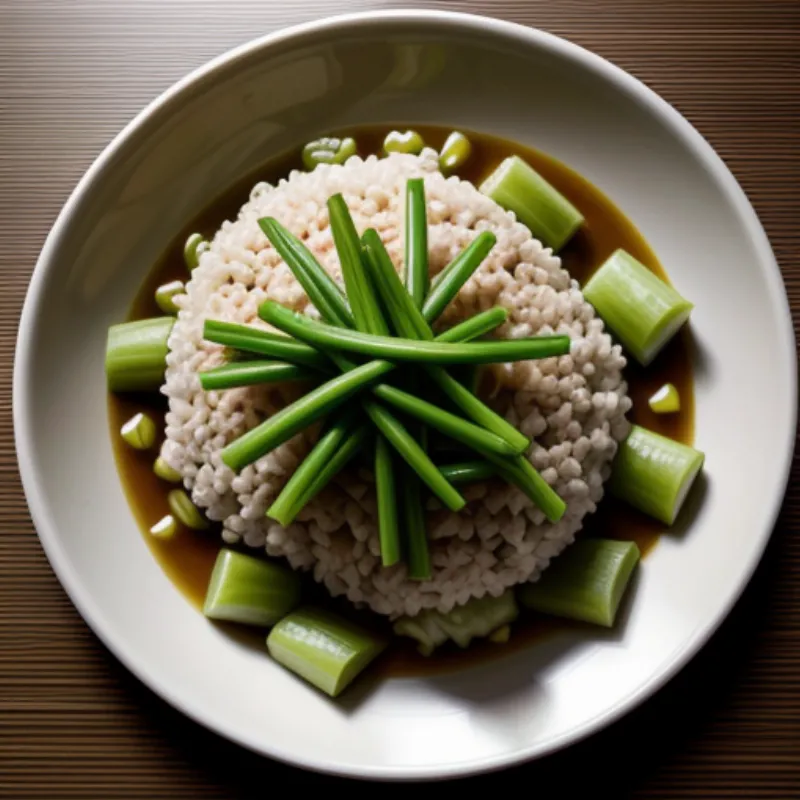Bachang, also known as zongzi or sticky rice dumplings, are a beloved delicacy enjoyed in many Asian cultures, especially during the Dragon Boat Festival. These fragrant parcels of glutinous rice, savory fillings, and aromatic leaves are not only delicious but also visually stunning.
If you’ve always been intrigued by these flavorful bundles and wondered How To Make Bachang at home, you’ve come to the right place! This comprehensive guide will walk you through every step, from selecting the perfect ingredients to wrapping and cooking your very own homemade bachang. Get ready to impress your family and friends with your newfound culinary skills!
Ingredients for Authentic Bachang
For the Filling:
- 1 pound pork belly, cut into 1-inch cubes
- 1/2 cup dried shiitake mushrooms, soaked and sliced
- 1/4 cup dried shrimp, soaked and chopped
- 1/2 cup cooked and peeled chestnuts, halved
- 2 tablespoons soy sauce
- 1 tablespoon oyster sauce
- 1 tablespoon Shaoxing wine
- 1 teaspoon sugar
- 1/2 teaspoon salt
- 1/4 teaspoon white pepper
- 2 tablespoons cooking oil
For the Rice:
- 4 cups glutinous rice, soaked in water for at least 4 hours
- 1/4 cup soy sauce
- 2 tablespoons cooking oil
For Wrapping:
- 20-25 dried bamboo leaves, soaked in hot water for at least 1 hour
- Kitchen string or cotton twine
 Ingredients for Making Bachang
Ingredients for Making Bachang
Essential Tools for Bachang Making
- Large pot
- Steamer basket
- Mixing bowls
- Scissors or kitchen shears
Let’s Start Making Bachang!
Preparing the Filling:
- In a large bowl, combine the pork belly, shiitake mushrooms, dried shrimp, chestnuts, soy sauce, oyster sauce, Shaoxing wine, sugar, salt, and white pepper. Mix well and marinate for at least 30 minutes.
- Heat the cooking oil in a wok or large pan over medium heat. Add the marinated pork mixture and stir-fry until the pork is browned and the mushrooms are softened. Remove from heat and set aside.
Preparing the Rice:
- Drain the soaked glutinous rice and transfer it to a large bowl.
- Add the soy sauce and cooking oil to the rice and mix well until evenly coated.
Wrapping the Bachang:
- Remove the soaked bamboo leaves from the water and pat them dry with a clean towel. Trim off the hard stems at the bottom of each leaf.
- Take two bamboo leaves and overlap them by about an inch, shiny side facing down. Fold the leaves in half to create a cone shape.
- Spoon about 1/4 cup of the glutinous rice mixture into the cone, pressing it down gently.
- Top with 2-3 pieces of the pork belly mixture and a spoonful of the remaining marinade.
- Add another layer of glutinous rice, pressing it down firmly to enclose the filling.
- Fold the top part of the leaves over the rice, tucking in the sides to create a tightly sealed parcel.
- Tie the bachang securely with kitchen string or cotton twine, making sure the filling is tightly packed.
Pro Tip: If the bamboo leaves are too stiff, you can microwave them for 15-20 seconds to make them more pliable.
Cooking the Bachang:
- Fill a large pot with enough water to come up about two-thirds of the way up the sides of a steamer basket. Bring the water to a boil over high heat.
- Arrange the wrapped bachang in a single layer in the steamer basket, making sure they are not overcrowded.
- Place the steamer basket over the boiling water, cover the pot tightly, and reduce the heat to medium.
- Steam the bachang for 2-3 hours, or until the rice is cooked through and the filling is heated through. Add more boiling water to the pot if needed to prevent it from drying out.
 How to Wrap Bachang
How to Wrap Bachang
Serving and Enjoying Your Homemade Bachang
Once cooked, carefully remove the bachang from the steamer basket and let them cool slightly before serving. The traditional way to serve bachang is to unwrap the leaves and enjoy the flavorful rice and filling directly. You can also enhance the flavor with a dipping sauce of your choice, such as soy sauce, chili oil, or sweet chili sauce.
Expert Insight: “Bachang is best enjoyed warm and fresh, but you can store leftovers in the refrigerator for up to 3 days. To reheat, simply steam or microwave until heated through,” advises Chef Lee, a renowned expert in Asian cuisine.
Frequently Asked Questions About Making Bachang
Can I freeze bachang for later consumption?
Absolutely! You can freeze uncooked or cooked bachang for up to 2 months. To freeze, wrap each bachang tightly in plastic wrap and place them in a freezer-safe bag or container. To reheat frozen bachang, steam or boil them until heated through.
What are some other filling options for bachang?
The possibilities are endless! You can experiment with different types of meat, such as chicken, duck, or Chinese sausage. For a vegetarian option, try using mushrooms, tofu, beans, or salted egg yolk.
Why are my bachang too soft or mushy?
This could be due to several factors, such as using too much water to soak the rice, not steaming the bachang long enough, or not wrapping them tightly enough. Make sure to follow the instructions carefully and adjust the cooking time as needed.
 Steamed Bachang
Steamed Bachang
Conclusion
Making bachang at home may seem daunting at first, but with this detailed guide, you’ll be well on your way to creating these delicious rice dumplings like a pro. From selecting the freshest ingredients to mastering the art of wrapping, each step is an opportunity to appreciate the cultural significance and culinary heritage behind this beloved dish. So, gather your loved ones, roll up your sleeves, and embark on a flavorful adventure of making homemade bachang. Your taste buds will thank you! Don’t forget to share your bachang creations and culinary triumphs with us in the comments below. We’d love to hear about your experiences!
